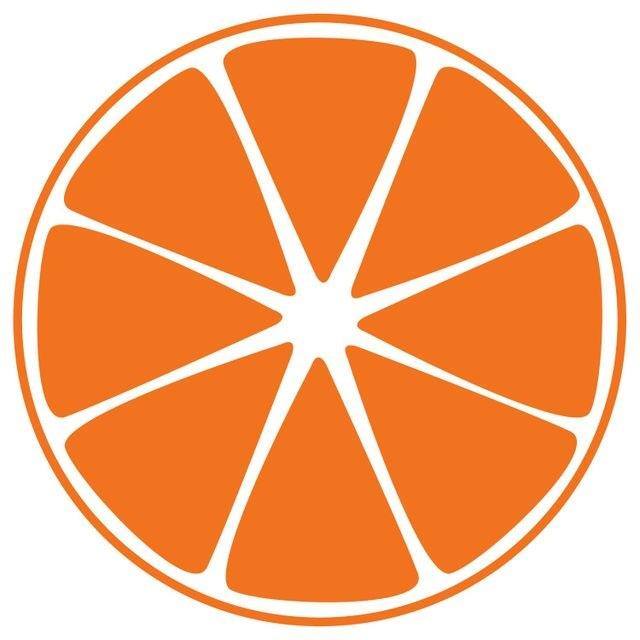Last Friday, our campus celebrated Orange Festival, the spring celebration of everything we love about UM, under the unifying banner of orange. It’s a grand celebration of our deeply held traditions, dating all the way back to 2013.
Forgive me for not minding that I skipped it.
I come from a proud family of Miami Hurricanes and know it’s great to be one. But why all this pretense about tradition? For myself and the thousands of other students who missed the festival, it was an artificial effort to spread a free T-shirt at best – and apathy at worst.
Junior Claire Kebodeaux, one of the Orange Festival co-chairs, explained that the festival is about everything orange, “the color, the food, the tradition.” She said that it encouraged people to “learn about the history of the U.”
Is the color orange really what binds our school in unity? Must we reflect so deeply on school colors and these supposed ‘traditions’?
I grew up learning about Julia Tuttle, the founder of Miami, and her oranges. According to legend, she sent fresh orange blossoms to Henry Flagler, the railroad magnate, in the middle of a deep winter freeze. He knew then that his railroad had to come this far south, and the city of Miami was born.
But beyond that, it’s only a color.
What’s the point of a tradition? We hold up symbols, not for their symbolic sake alone, but for the ideas on which they rest.
Greek Life carries Greek letters because it harkens back to classical ideals of scholarship and character. Iron Arrow wears the jackets of the Seminole Tribe to carry on the legacy of Seminole warriors from people who knew their land and were proud leaders of it.
Our athletics are about swagger, and a specifically bold expectation of winning. The Federation of Cuban Students and Association of Commuter Students were hallmarks of a predominantly commuter, Cuban student body, for much of the late 20th century. Even Fun Day and the other newer service days, some of UM’s best traditions, are about connecting the students to their community through service.
But for many students, Orange Festival’s emphasis on tradition matters little on such a young campus. Beyond the few examples above, there just aren’t that many great legacies. So many institutions, like the Butler Center or the Student Activities Center, are relatively newborn by collegiate standards.
Our architecture is less gothic and ivy and more glass and steel.
It’s ironic that Orange Festival was made to explain “traditions,” but instead only demonstrates how little they mean to students.
Indeed, when I think of UM’s greatest strength, it is not our history, but our youth. So why synthesize a tradition simply for the sake of tradition? The school has been so good for such a short amount of time that students can create their own organic legacies and institutions, unburdened by the work of those who came before.
This beats a free T-shirt any day of the week.
Patrick Quinlan is a junior majoring in international studies and political science.






